On the morning of November 11, the Provincial Gardening Association organized for members to visit and learn practical experience of raising Boer goats and growing fruit trees on a household scale in Song Bang and Hoa Chung wards (City).
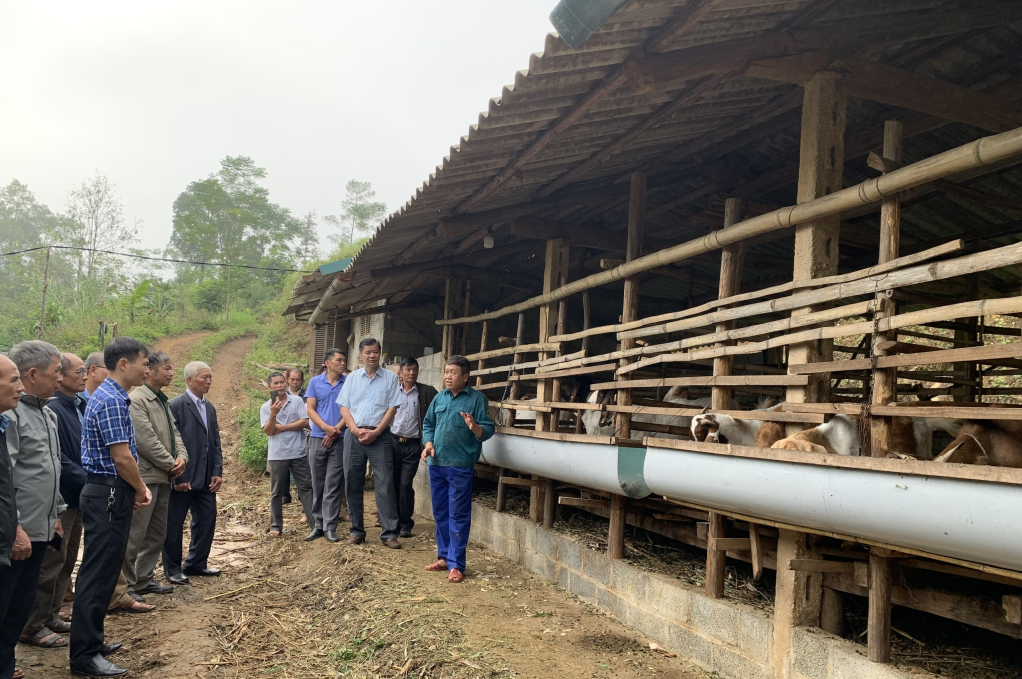
The Boer goat farming model of Mr. Hoang Tien Quan's family, Group 4, Song Bang Ward, has been deployed since January 2023, with a scale of more than 30 goats in captivity. The Boer goat breed originates from Africa, with superior reproductive, growth and development capabilities compared to local goat breeds. Up to now, after 10 months of raising, the goats have reached an average weight of 35 - 40 kg/head; if cared for properly, male goats can reach a maximum weight of 150 kg/head, female goats can reach 90 kg/head. The main food of Boer goats is agricultural by-products such as corn, sugarcane leaves, banana stems, elephant grass... combined with concentrated feed. Currently, Mr. Quan's family's Boer goat herd is growing and developing well.
The model of planting nearly 1,000 guava trees of Ms. Pham Thi Bay, Group 4, Hoa Chung Ward is currently in the stage of developing branches and creating canopy. The trees bear fruit all year round, the quality of the guava is crispy and sweet, the fruit is large and even, and the appearance is beautiful. On average, the family harvests 70 - 100 kg of guava per day, up to 150 kg per day in the main season, the selling price is stable, the fruit garden currently brings the family an income of 120 - 150 million VND per year.
During the visit, members learned and shared experiences on how to choose a suitable breeding location, select breeds, and care for Boer goats according to each stage of growth and development; how to mix feed, and prevent diseases for Boer goats. Techniques for caring for, pruning branches, and creating canopy; how to prevent leafhoppers, aphids, and fruit flies on leaves, tree trunks, and fruits; the time when guavas flower out of season, care, and harvesting...
These are two models of cultivation and livestock raising that exploit the potential and advantages of the locality, create products for the market, contribute to solving employment and increasing income for rural workers. Successful models will provide plants, breeds, and transfer techniques to the people.
KX
Source























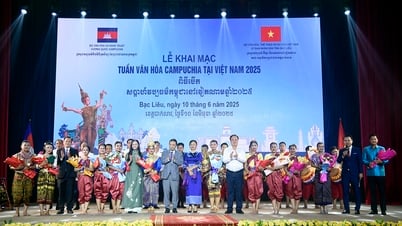
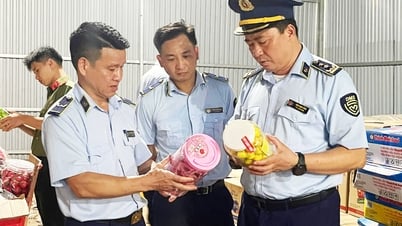
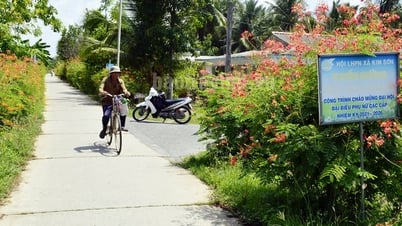











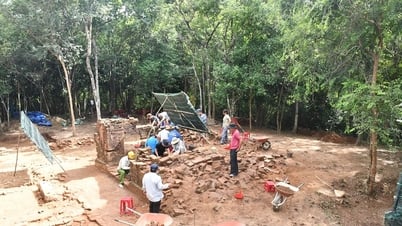



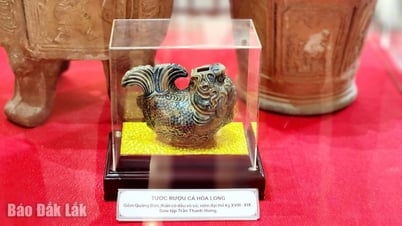

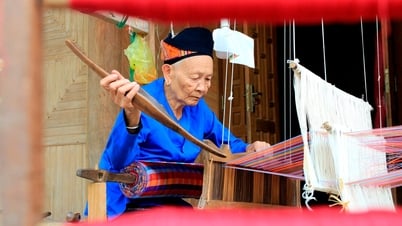



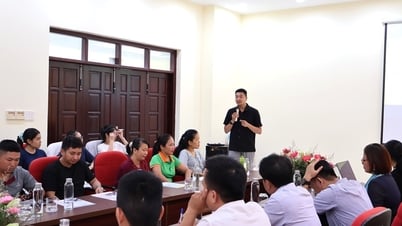


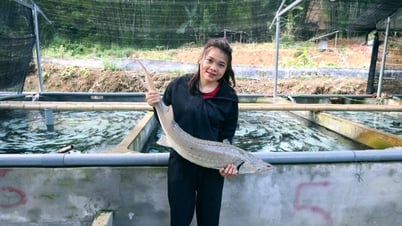



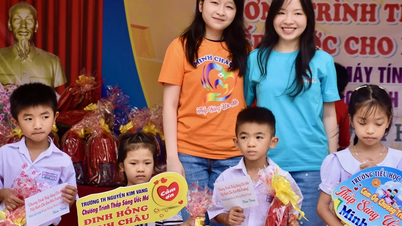





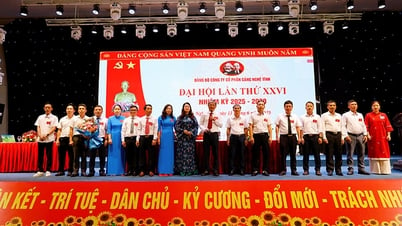

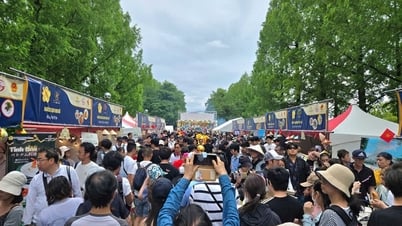
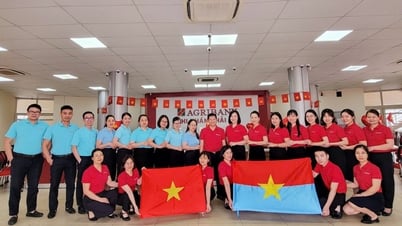


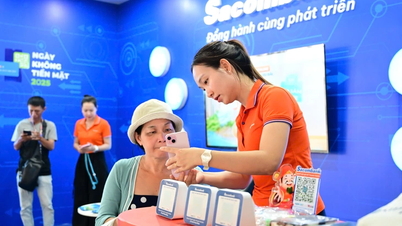



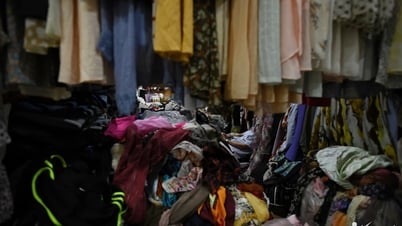





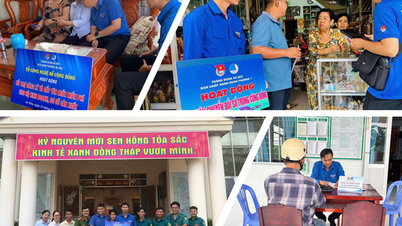


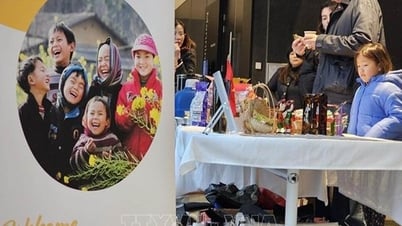
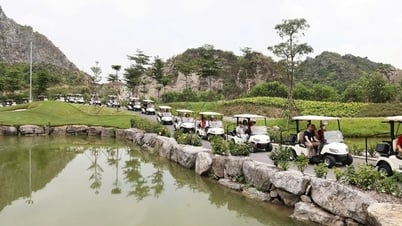
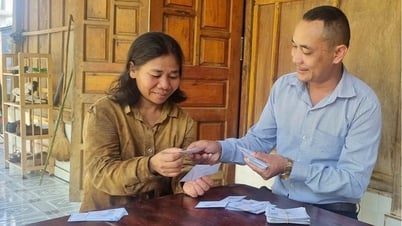





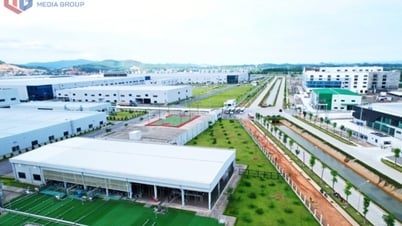
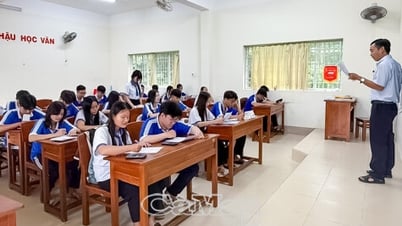


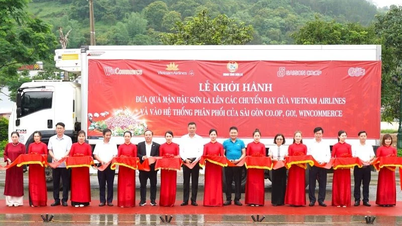
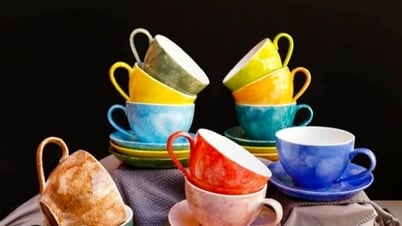








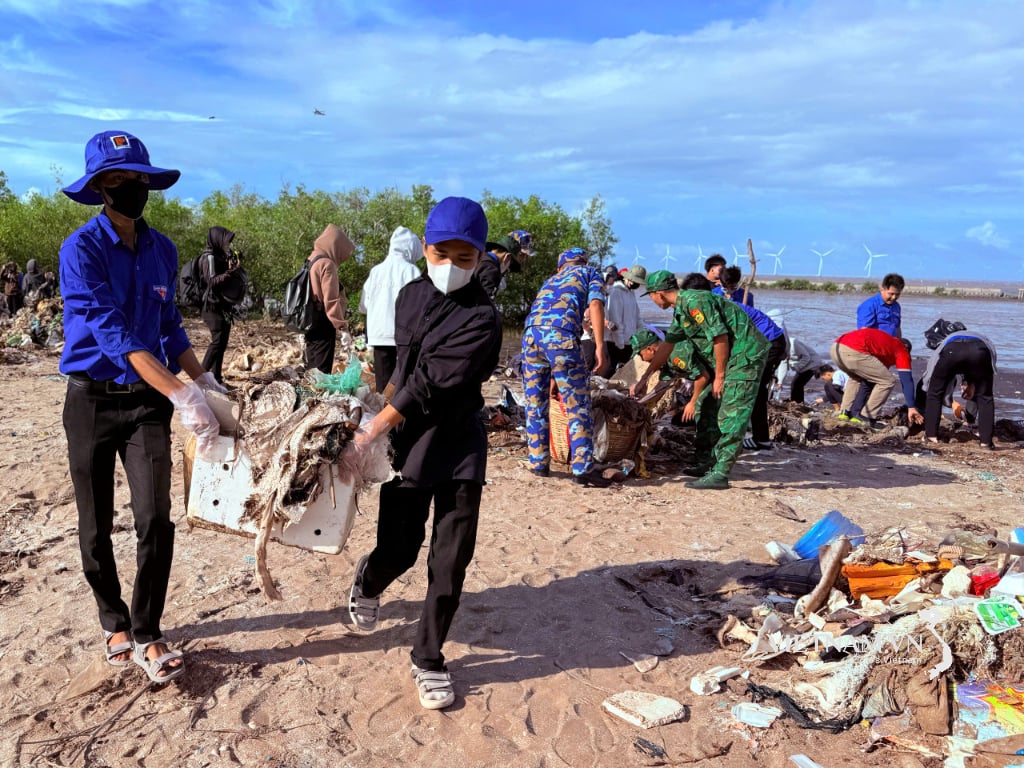

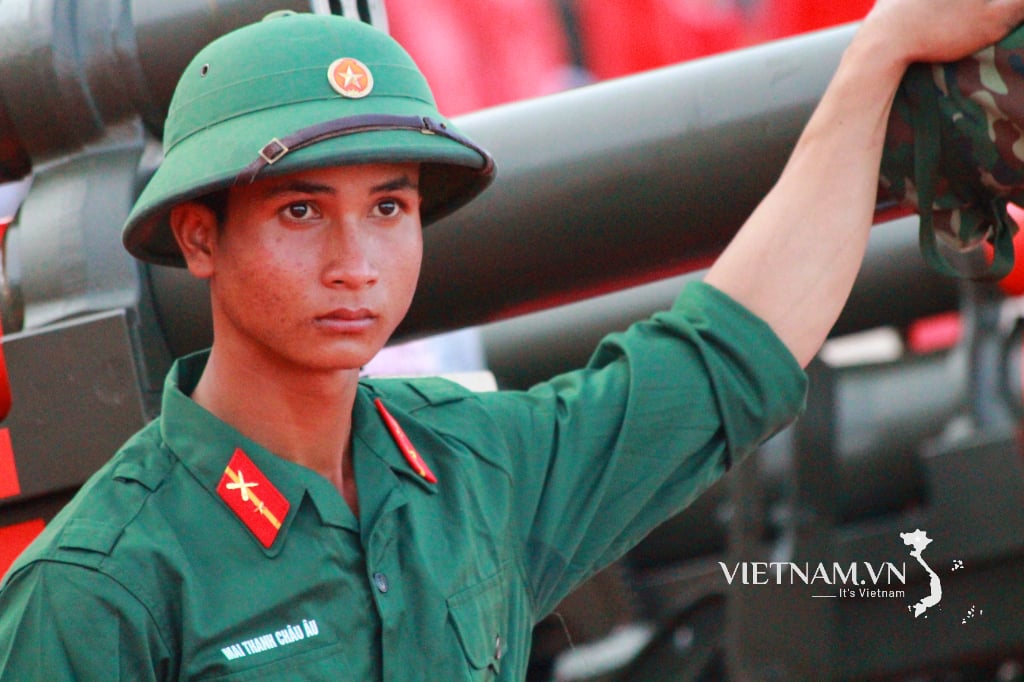

Comment (0)